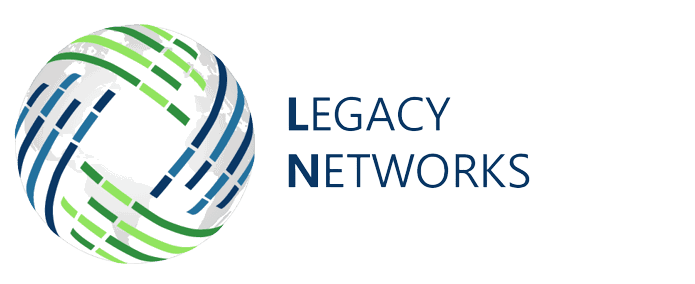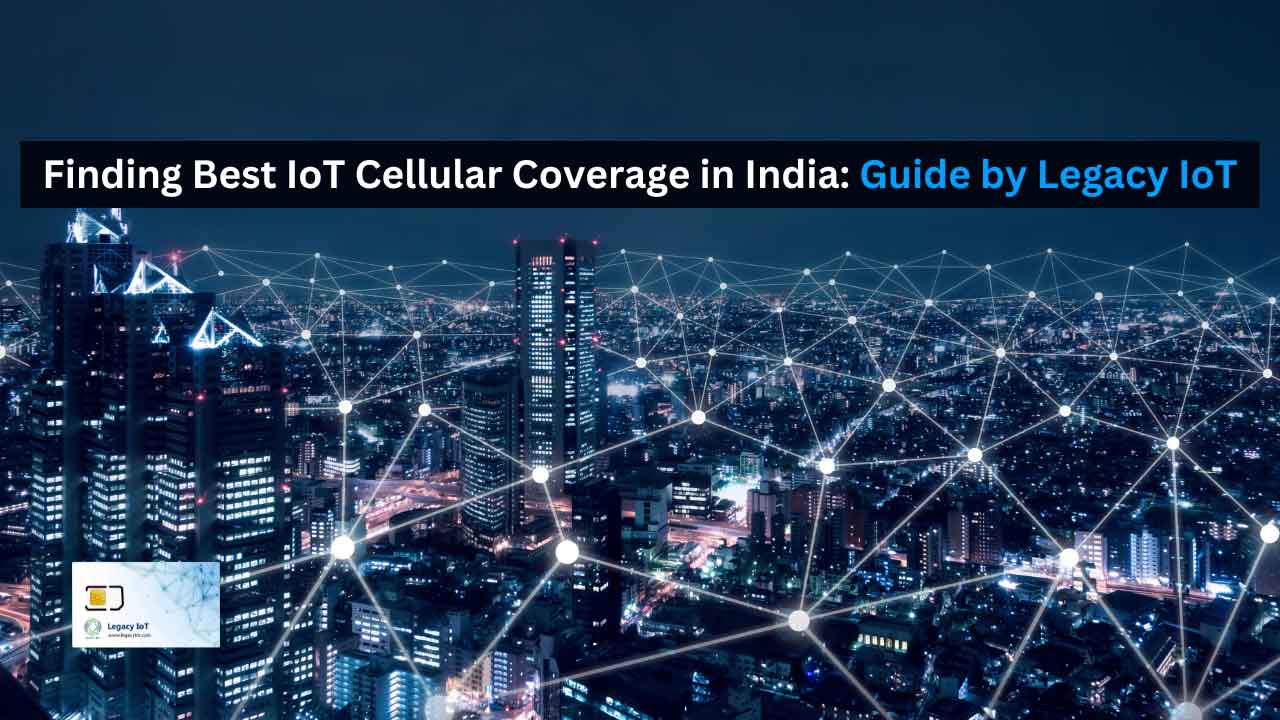The Internet of Things (IoT) is transforming industries by enabling smarter, more efficient operations through connected devices. However, the success of any IoT deployment heavily relies on robust and reliable cellular coverage.

At Legacy IoT, we understand that finding the best IoT cellular coverage in India is crucial for seamless connectivity, data transmission, and overall system performance. In this blog, we’ll explore key factors to consider when selecting cellular coverage for your IoT solutions, ensuring you make informed decisions for optimal results.
Understanding IoT Cellular Coverage
Cellular coverage for IoT devices is more complex than traditional mobile phone coverage. IoT applications often have unique requirements, including low power consumption, extended battery life, and reliable connectivity in remote or challenging environments. The success of your IoT project depends on selecting the appropriate cellular technology, which ranges from 2G, 3G and 4G LTE to 5G and the soon-to-be-released 6G.
Key Factors to Consider
1. Geographical Coverage
Geographical coverage is a primary consideration when selecting cellular coverage for IoT devices. Your devices need to maintain reliable connectivity regardless of their location. Evaluate the IoT Coverage maps of potential cellular providers to ensure they offer robust coverage in the areas where your devices will operate. For global deployments, consider providers with extensive international coverage.
2. Network Reliability
Network reliability is crucial for IoT applications, especially those involving critical operations like healthcare, industrial automation, and transportation. Look for cellular providers with a proven track record of network stability and uptime. Redundancy measures, such as multiple network operators or failover mechanisms, can further enhance reliability.
3. Data Speed and Latency
Different IoT applications have varying requirements for data speed and latency. For example, real-time applications like remote monitoring and autonomous vehicles require low latency and high-speed connections. Conversely, applications like smart meters and asset tracking may function well with lower speeds. Ensure the chosen cellular technology and provider can meet your specific data speed and latency needs.
4. Power Consumption
IoT devices frequently run on batteries or solar panels, which are limited power sources. Therefore, power consumption is a critical factor. Low power consumption is a design feature of many technologies, such as LTE-M and NB-IoT, which makes them perfect for Internet of Things applications that need long battery life. Assess the power requirements of your devices and choose a cellular technology that aligns with your power constraints.
5. Scalability
As your IoT deployment grows, so will the number of connected devices. Choose a cellular provider and technology that can scale with your needs. Consider the provider’s ability to support a large number of simultaneous connections without compromising performance. Scalability ensures your IoT solution can expand smoothly without encountering connectivity issues.
6. Cost Efficiency
Cost efficiency is a vital consideration, especially for large-scale IoT deployments. Compare pricing models of different cellular providers, including data plans, SIM or M2M Sim card costs, and any additional fees. Look for providers offering flexible pricing structures that align with your usage patterns and budget constraints. Legacy IoT provides affordable prices and customizable options to meet your unique requirements.
7. Security
Security is paramount in IoT deployments. Ensure the chosen cellular provider offers robust security measures, including encryption, authentication, and secure data transmission. Additionally, consider providers that offer network-level security features, such as private APNs and VPNs, to safeguard your IoT data from potential threats.
Making Informed Decisions for Optimal IoT Deployment
Choosing the right cellular coverage for your IoT deployment involves balancing multiple factors. Start by thoroughly understanding your specific IoT application requirements, including geographical coverage, network reliability, data speed, power consumption, scalability, cost efficiency, and security. Conduct a comprehensive analysis of potential cellular providers and technologies to determine the best fit for your needs.
How Legacy IoT Can Help
At Legacy IoT, we specialize in providing tailored cellular connectivity solutions for IoT deployments. Our expertise in cellular technology, combined with a commitment to customer satisfaction, ensures that your IoT devices remain connected, secure, and efficient. We offer a range of flexible plans and competitive pricing to meet the unique needs of your IoT applications.
Whether you are deploying a small-scale IoT solution or a large, complex network of devices, Legacy IoT has the expertise and resources to support your success. Contact us today to learn more about how we can help you find the best IoT cellular coverage for your project.
Conclusion
Selecting the best IoT cellular coverage is crucial for the success of your IoT deployment. By considering factors such as geographical coverage, network reliability, data speed, power consumption, scalability, cost efficiency, and security, you can make informed decisions that ensure seamless connectivity and optimal performance. Partnering with a trusted provider like Legacy IoT can further enhance your deployment’s success, providing you with the support and expertise needed to navigate the complexities of IoT connectivity.





